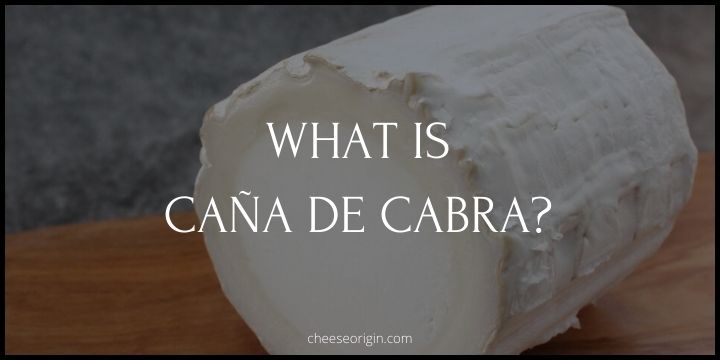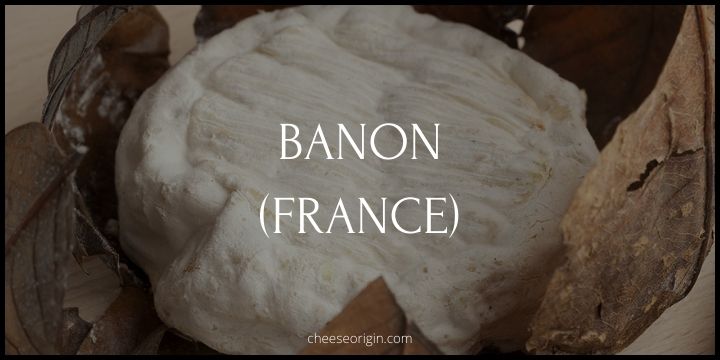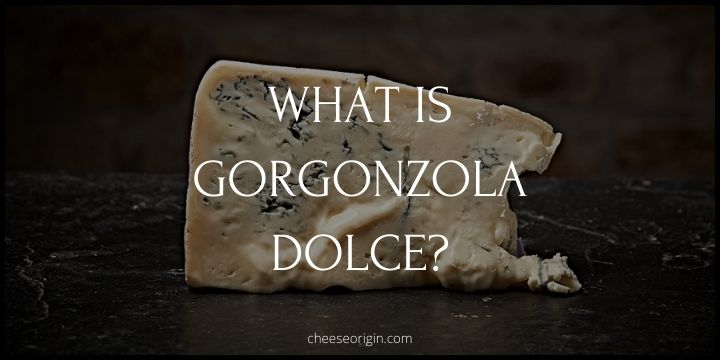What is Piave Cheese? The Taste of Italy’s Northern Valleys
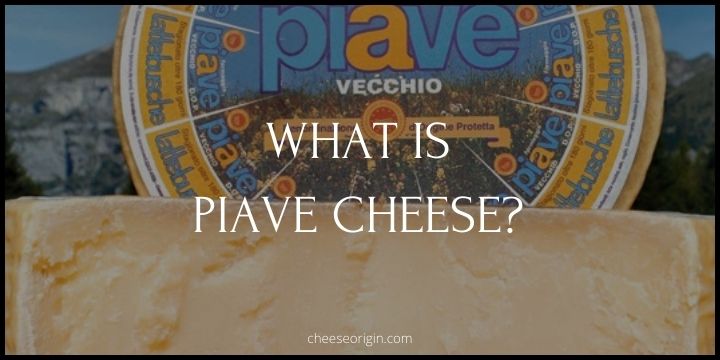
Welcome to the heart of Italy’s northern valleys, where the alpine air and rich soil give birth to a unique culinary delight – Piave cheese. This hard, full-flavored cheese is a testament to the region’s dairy tradition, embodying the taste and spirit of its mountainous homeland.
Named after the Piave River, this cheese is more than just a food item; it’s a journey through Italy’s gastronomic heritage. From its fresh, softer variant to its well-aged, grainy counterpart, each bite of Piave offers a distinct flavor profile that carries the essence of its picturesque origin.
Quick Facts About Piave Cheese
| Quick Facts | Details |
|---|---|
| Country of Origin | Italy |
| Region | Veneto |
| Type | Hard, cow’s milk |
| Texture | Dense and grainy |
| Color | Pale yellow |
| Flavor | Sweet, full-bodied, tropical fruit-like |
| Aging Time | Minimum 20 days for Piave Fresco (fresh), up to over a year for Piave Vecchio Selezione Oro (extra aged) |
| Pairings | Red wines, figs, honey, crusty bread |
| Certification | Protected Designation of Origin (PDO) since 2010 |
| Named After | The Piave river in Belluno, Italy |
| Production Method | Pasteurized |
| Rind | Natural, edible |
| Serving Suggestions | Grated over pasta, sliced in salads, or served with fruits. |
What is Piave Cheese?

Piave cheese, hailing from Italy’s picturesque Veneto region, is a gastronomic delight that tells a tale of tradition and quality. Named after the Piave river that meanders through the northern Italian province of Belluno, this cheese captures the unique flavors of its homeland in every bite.
Crafted from the milk of cows grazing on the lush Alpine pastures, Piave cheese embodies a sweet, full-bodied flavor profile. Its taste is often likened to a tropical fruit-like sweetness, elegantly balanced with a slightly almond-esque bitterness. The cheese’s texture varies from dense and grainy in younger varieties to a delightful crunchiness in the aged ones, courtesy of protein crystals that form during maturation.
From its minimum aging time of 20 days (Piave Fresco) to over a year for the Piave Vecchio Selezione Oro, each variant of Piave offers a distinct gustatory experience. Whether it’s grated over pasta, sliced in salads, or served with fruits, Piave’s versatility makes it a favorite among cheese connoisseurs.
Piave cheese has held a Protected Designation of Origin (PDO) status since 2010, ensuring adherence to traditional production methods. This certification is a testament to the cheese’s quality and authenticity, preserving the centuries-old cheesemaking techniques of the Veneto region.
What Does Piave Cheese Taste Like?
Piave cheese has a sweet, full-bodied taste that’s often compared to the fruity notes of pineapple or citrus. As the cheese ages, it develops a more complex character with hints of caramel and a slightly nutty undertone, reminiscent of almonds.
The texture also contributes to Piave’s unique taste experience. Younger Piave cheeses are dense and grainy, while aged versions (Piave Vecchio and Piave Vecchio Selezione Oro) have a firmer texture with crunchy protein crystals that form during maturation, adding an interesting contrast.
In terms of aroma, Piave has a pleasant scent that complements its taste. The aroma can be described as mild and slightly milky in younger variants, becoming more intense and savory as the cheese ages.
Piave Cheese Tasting Notes
- Flavor: Sweet, full-bodied with tropical fruit-like notes. As it ages, the flavor deepens, introducing subtle hints of caramel and a slightly nutty undertone.
- Texture: Young Piave cheese has a dense and grainy texture. Aged variants become firmer, developing crunchy protein crystals that add an interesting textural element.
- Aroma: It carries a mild, slightly milky aroma in its younger state, becoming more intense and savory as it ages.
- Appearance: Piave cheese is pale yellow, with an edible, natural rind. The color deepens with age.
- Aftertaste: The aftertaste is lingering and pleasant, leaving a hint of sweetness with a touch of almond-like bitterness.
What is the Difference Between Piave Cheese and Parmesan?
| Feature | Piave Cheese | Parmesan (Parmigiano Reggiano) |
|---|---|---|
| Region of Origin | Veneto region, Northern Italy | Emilia-Romagna and Lombardy regions, Italy |
| Milk Source | Typically pasteurized cow’s milk | Partially skimmed, unpasteurized cow’s milk |
| Flavor Profile | Sweet, full-bodied with tropical fruit-like notes and a slightly nutty undertone as it ages | Rich, savory, nutty flavor that becomes sharper and more complex with age |
| Texture | Varies from dense and grainy in its younger state to firm and crunchy when aged | Generally hard and granular, develops crunchy protein crystals when aged |
| Aging Process | Variants that age for a minimum of 20 days to over a year | Typically aged for 12 to 36 months |
| Usage | Can be grated over pasta, sliced in salads, or served with fruits and wine | Well-known as a grating cheese over pasta, soups, and risottos, also enjoyed on its own or with honey and nuts |
While Piave is often called ‘Parmesan’s cousin’ due to apparent similarities in flavor, each cheese holds its unique characteristics and contributes differently to culinary delights.
How to Eat Piave Cheese?
- Cheese Board: Showcase Piave on a cheese board alongside a variety of other cheeses. Its unique flavor profile will stand out, making it the star of your cheese ensemble.
- Melty Goodness: Melt Piave over a hot dish like lasagna or baked pasta. It has excellent melting properties that add a creamy, rich layer to your dishes.
- Sweet Pairings: Pair Piave with sweet accompaniments like honey, figs, or dark chocolate. The cheese’s subtle sweetness complements these flavors beautifully.
- Wine Companion: Enjoy slices of Piave with a glass of full-bodied red wine. The robust flavors of the cheese and wine make for an exquisite pairing.
- Grate Expectations: Grate-aged Piave over your favorite pasta or risotto. It adds a depth of flavor similar to Parmesan but with a slightly sweeter note.
- Salad Sprinkle: Add bite-sized chunks of Piave to your salads. Its firm texture and savory taste add an interesting dimension to fresh greens.
- Snack Time: Simply enjoy Piave as a snack on its own. Its complex flavor profile makes it a satisfying, standalone treat.
10 Best Piave Cheese Substitutes
| Substitute | Flavor Profile | Texture | Best Used In |
|---|---|---|---|
| Parmesan | Nutty, savory flavor that becomes sharper with age. | Hard and granular texture. | Excellent for grating over pasta, soups, and risottos. |
| Asiago | Full-bodied, slightly sweet to sharp flavor. | Semi-soft to hard texture depending on age. | Good for sandwiches, salads, pasta dishes, and cheese boards. |
| Mild Cheddar | Mild, slightly tangy flavor, less sharp than mature cheddar. | Firm and crumbly texture. | Great in sandwiches, cheese platters, and melted on top of dishes. |
| Monterey Jack | Mild, buttery flavor with a slight tartness. | Smooth, creamy texture. | Excellent for melting in dishes like nachos, quesadillas, and casseroles. |
| Gouda | Slightly sweet, creamy flavor. | Semi-hard, dense texture. | Ideal for grilled cheese sandwiches, mac and cheese, and cheese platters. |
| Havarti | Mild, slightly tangy flavor with hints of butter. | Semi-soft, creamy texture. | Good for sandwiches, cheese boards, and melted on dishes. |
| Muenster | Mild, smooth flavor with a slight tanginess. | Semi-soft, smooth texture. | Works well in grilled cheese sandwiches, mac and cheese, and cheeseburgers. |
| Provolone | Mild to sharp flavor depending on aging. | Semi-hard, smooth texture. | Excellent for sandwiches, pizza, and pasta dishes. |
| Edam | Mild, slightly nutty flavor. | Semi-hard, smooth texture. | Great for cheese platters, sandwiches, and salads. |
| Pecorino Romano | Strong, salty flavor. | Hard, grainy texture. | Perfect for grating over pasta dishes, breads, and salads. |
What Pairs Well With Piave Cheese?
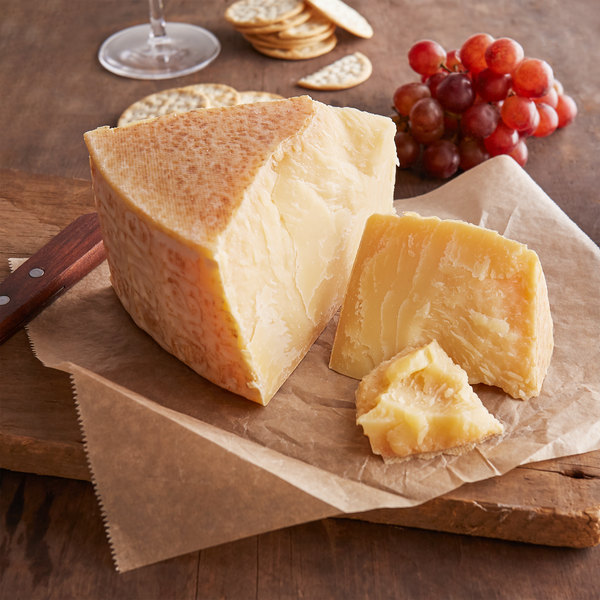
Food that goes well with Piave Cheese:
| Category | Foods That Pair Well With Piave Cheese |
|---|---|
| Meats | Salumi, sweet cured meats, prosciutto cotto |
| Fruits | Fresh fruits, fruit compotes, guava, passion fruit |
| Sweet Foods | Chestnut honey, raspberry cheesecake |
| Vegetables | Peeled Italian tomatoes |
| Grains | Risotto |
| Other Cheeses | Young Parmigiano Reggiano |
Also read: What Fruit Goes on a Charcuterie Board?
Beverage that goes well with Piave Cheese:
| Category | Beverages That Pair Well With Piave Cheese |
|---|---|
| Wines | Full-bodied red wines (like Cabernet Sauvignon), light white wines (like Pinot Grigio), and dessert wines |
| Beers | Amber ales, Pale lagers, Belgian style ales |
| Non-Alcoholic Drinks | Sparkling water, Apple cider, Grape juice |
Also read: Best Wine and Cheese Pairings: The Ultimate Guide
Frequently Asked Questions
1. Does Piave cheese need to be refrigerated?
Piave cheese, like many other aged cheeses, doesn’t necessarily need to be refrigerated at all times, particularly if it’s going to be consumed quickly. It can be kept cool, but not necessarily refrigerated in cheese shops. However, if you’re storing it for a longer period, it’s best to keep it refrigerated to maintain its freshness and quality.
For example, the Agriform 14 lb. 12-Month Extra-Aged Piave Vecchio DOP Cheese Wheel is shipped refrigerated and should be stored at 41 degrees Fahrenheit or cooler.
However, if you are planning to travel with the cheese or if refrigeration is not available immediately, aged cheeses like Piave can generally handle a few days without refrigeration.
In terms of serving, it’s best to bring the cheese to room temperature before eating to allow the flavors to fully develop.
2. Can I eat the rind of Piave cheese?
Yes, the rind of Piave cheese is edible. However, it’s a matter of personal preference whether to eat it or not. The rind of Piave cheese is typically harder and has a different texture compared to the inner part of the cheese. Some people find it too tough or don’t enjoy the flavor as much as the cheese itself. But there’s no harm in trying it – you might find that you enjoy the extra bit of flavor and texture it adds!
3. Is Piave a hard cheese?
Yes, Piave is considered a hard cheese. It’s sold throughout Europe and in the US as such. The taste of Piave cheese can resemble that of a young Parmigiano Reggiano when it’s aged. Piave Vecchio is described as hard and savory, with hints of tropical fruit sweetness.
The hardness of the cheese can vary depending on its age. For example, Piave Mezzano (with the blue label) is one of the “middle of the road” offerings, indicating it might be somewhat less hard than the fully aged version.
Piave cheese is also described as having a dense and chewy but also creamy texture, and it’s a cooked curd cheese that can be produced in five versions depending on the length of maturation, which can range from 20 days to over 18 months.
4. How long is Piave aged?
Piave cheese can be aged for varying lengths of time, which affects its flavor and texture. The specific aging periods are usually designated by labels of different colors on the cheese.
- Piave Fresco (Fresh): This version is aged for about 20 to 60 days. It has a white to straw-yellow color and is softer in texture.
- Piave Mezzano (Medium): This cheese is aged for 61 to 180 days. It features a more intense flavor and a slightly harder texture.
- Piave Vecchio (Old): This cheese is aged for more than 6 months. It is hard and grainy with a full-bodied flavor.
- Piave Vecchio Selezione Oro (Gold Selection): This version has been aged for more than 12 months. It has a rich and intense flavor.
- Piave Vecchio Riserva (Reserve): Aged for more than 18 months, this cheese is extra-hard and grainy, and has a very strong flavor.
Also read:
- What is Caña de Cabra? From Murcia to Your Plate
- What is White Cheddar? Unveiling Its True Colors
- What is Boerenkaas? The Dutch Farmer’s Delight
- What is Valdeón? The Tangy Taste of Spanish Tradition
- What is Mató Cheese? Catalonia’s Sweet, Unsalted Delight
- What is Brunost? Norway’s Iconic Brown Cheese
- What is Dorblu? The Blue Cheese with a Golden Touch
